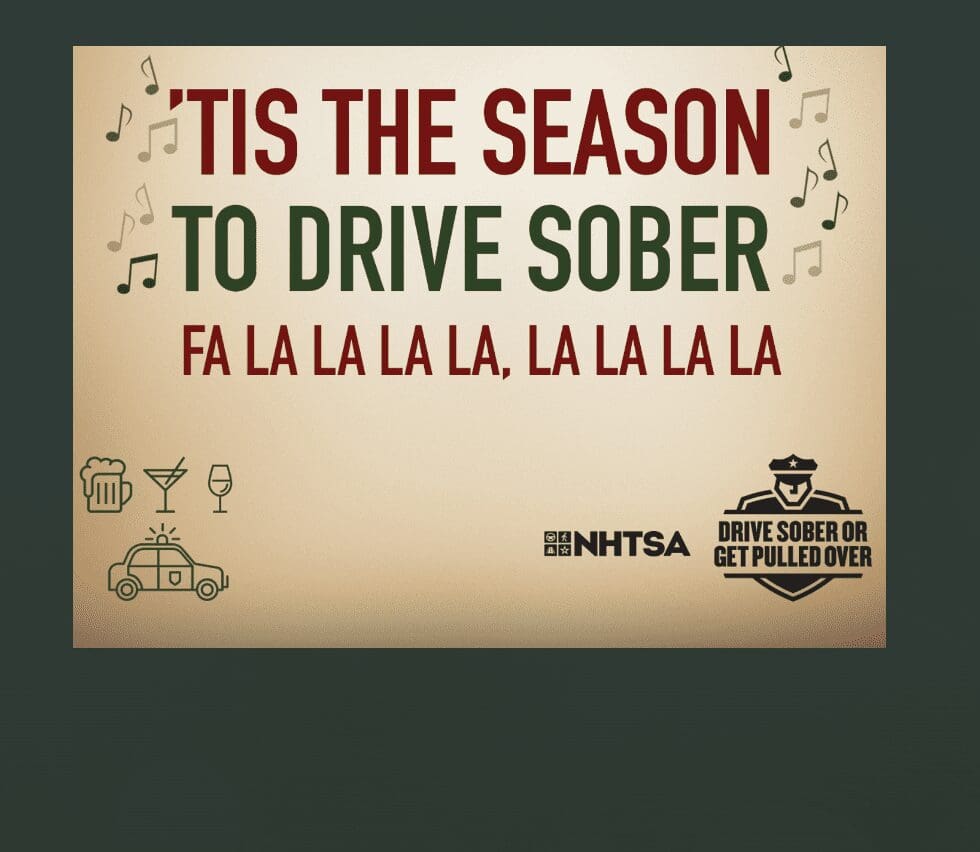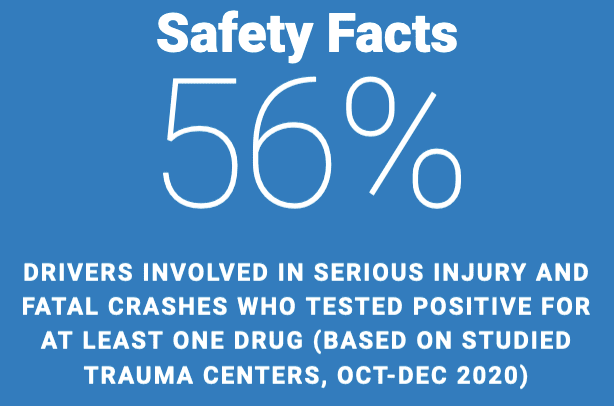Search Posts
Recent Posts
- RI Veterans: Did you know? 25.04.24 (100th for Louis Dolce, events, resources) – John A. Cianci April 25, 2024
- Business Beat: Bad Mouth Bikes takes home 3 national awards April 25, 2024
- Rhode Island Weather for April 25, 2024 – John Donnelly April 25, 2024
- We Cook! Mill’s Tavern’s Cajun North Atlantic Swordfish, Mango Salsa, Cilantro Citrus Aioli April 25, 2024
- The Light Foundation & RI DEM’s 4th Annual Mentored Youth Turkey Hunt a success April 25, 2024
Categories
Subscribe!
Thanks for subscribing! Please check your email for further instructions.

Rhode Island Police Chiefs’ Association & NHTSA: Impaired driving includes cannabis
The Rhode Island Police Chiefs’ Association reports that law enforcement agencies across the state are increasing the number of impaired driving patrols during the holiday season as part of the national “Drive Sober or Get Pulled Over” enforcement campaign.

The 2022 Holiday Season National Enforcement Mobilization began Wednesday, Dec. 14 and runs through Jan. 1. During this time, agencies will have officers specifically on the lookout for impaired and reckless drivers on the roads.
The Providence Police Department’s Breath Alcohol Testing (B.A.T.) Mobile Unit will be used by police departments across the state during the enforcement campaign, allowing officers to have a centralized location to process DUI arrests, including administering breathalyzer tests. Departments will also have trained Drug Recognition Experts on hand to further evaluate drivers who may be operating while under the influence of a controlled substance other than alcohol.
According to the National Highway Traffic Safety Administration (NHTSA), during the New Year’s and Christmas periods in 2020, there were 209 drunk-driving-related fatalities. In 2020, there were 11,654 people killed nationwide in drunk-driving crashes, accounting for nearly one-third of the crash fatalities that year.
According to the NHTSA, people ages 21-34 accounted for the highest percentage (26%) of alcohol-impaired fatalities in December 2020. Nighttime driving in December 2020 was significantly more dangerous than daytime driving, with 30% of drunk-driving-related crashes occurring between the hours of 6 p.m. and 5:50 a.m. Almost half (44%) occur between the hours of midnight and 2:59 a.m., likely when bars are closing and people are driving home.
Nationally, it is illegal to drive impaired — no exceptions. It is illegal to drive in Rhode Island with a BAC of .08 or higher. However, remember that even a small amount of alcohol or drugs can quickly affect a person and their judgment.
To ensure safety on roadways this holiday season, RIPCA recommends the following tips:
If you plan to drink, make a plan ahead of time for a sober ride home. Designate a sober driver, or plan to use public transportation or a ride share service. Watch out for your family and friends. If someone you know is impaired and planning to drive, take their keys and make arrangements to get them home safely.If you’re hosting a holiday gathering, help out the designated drivers by making sure there are non-alcoholic beverages available.Never get into a vehicle if the driver is impaired.If you see an impaired driver on the road, safely pull over and call 911. Drivers are also reminded to always wear their seat belt, to follow the speed limit and to never drive distracted.

Drugs and Driving – If you feel different, you drive different

You can’t drive safely if you’re impaired. That’s why it’s illegal everywhere in America to drive under the influence of alcohol, marijuana, opioids, methamphetamines, or any potentially impairing drug–prescribed or over the counter. Driving while impaired by any substance—legal or illegal—puts you and others in harm’s way. Learn the latest research on drug-impaired driving, misconceptions about marijuana use, and what you can do to make smarter choices to drive safely.
With recreational use of cannabis now legal in Rhode Island, this message is especially important to the novel user.
Many substances can impair driving, including alcohol, some over-the-counter and prescription drugs, and illegal drugs.
- Alcohol, marijuana, and other drugs can impair the ability to drive because they slow coordination, judgment, and reaction times.
- Cocaine and methamphetamine can make drivers more aggressive and reckless.
- Using two or more drugs at the same time, including alcohol, can amplify the impairing effects of each drug a person has consumed.
- Some prescription and over-the-counter medicines can cause extreme drowsiness, dizziness, and other side effects. Read and follow all warning labels before driving, and note that warnings against “operating heavy machinery” include driving a vehicle.
Impaired drivers can’t accurately assess their own impairment – which is why no one should drive after using any impairing substances. Remember: If you feel different, you drive different.
There are many misconceptions about marijuana use, including rumors that marijuana can’t impair you or that marijuana use can actually make you a safer driver.
Several scientific studies indicate that this is false. Research shows that marijuana impairs motor skills, lane tracking and cognitive functions (Robbe et al., 1993; Moskowitz, 1995; Hartman & Huestis, 2013). A 2015 study on driving after smoking cannabis stated that THC in marijuana also hurts a driver’s ability to multitask, a critical skill needed behind the wheel.
NHTSA continues to conduct research to better understand the relationship between marijuana impairment and increased crash risk. NHTSA’s Drug and Alcohol Crash Risk Study found that marijuana users are more likely to be involved in crashes. However, the increased risk may be due in part because marijuana users are more likely to be young men, who are generally at a higher risk of crashes.
Research indicates drug prevalence is on the rise among drivers. NHTSA’s 2020 study of seriously or fatally injured road users at studied trauma centers (Thomas et al., 2020) suggested that the overall prevalence of alcohol, cannabinoids and opioids increased during the public health emergency compared to before.
While evidence shows that drug-impaired driving is dangerous, we still have more to learn about the extent of the problem and how best to address it. In January 2018, NHTSA launched a new initiative to address drug-impaired driving. NHTSA’s National Drug-Impaired Driving Initiative brings together experts, including law enforcement officials, prosecutors, substance abuse experts and others, to discuss strategies that can reduce drug-impaired driving.
It’s Illegal
Driving impaired by any substance—alcohol or other drugs, whether legal or illegal—is against the law in all 50 states and the District of Columbia. Law enforcement officers are trained to observe drivers’ behavior and to identify impaired drivers. Even in states where marijuana laws have changed, it is still illegal to drive under the influence of the drug.
NHTSA’s National Roadside Survey conducted in 2013-2014 (PDF, 173 KB) found that 20 percent of surveyed drivers tested positive for potentially impairing drugs.
Surveys conducted by NHTSA show the number of drivers testing positive for marijuana increased between 2007 and 2014. In 2007, NHTSA’s National Roadside Survey (PDF, 1 MB) found that 8.6 percent of weekend nighttime drivers tested positive for marijuana. In the 2013-2014 survey, 12.6 percent of weekend nighttime drivers tested positive for marijuana. That’s a 48-percent increase in less than 10 years.
While the presence of a drug in a driver’s system doesn’t necessarily mean that they’re impaired, these findings show the importance of raising awareness about the risks of drug-impaired driving.
